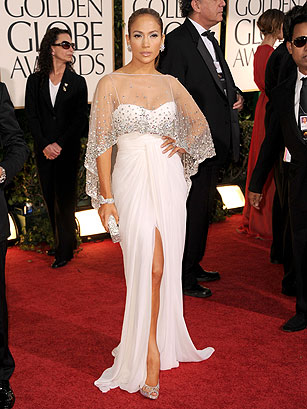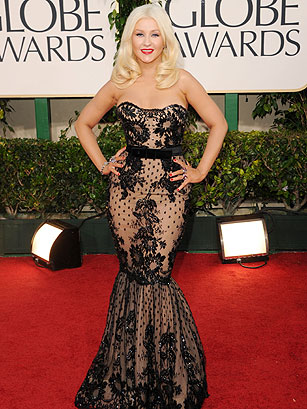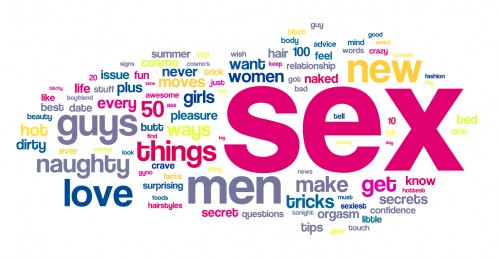The sexual assault of CBS reporter Lara Logan in Tahrir Square last week has resulted in two predictable, but utterly depressing types of commentary.
Muslims are backwards
On the one hand are the anti-Islam culture warriors, eager to find in this incident proof of how degenerate Muslims (and Arabs) are. This, despite the fact that there’s no proof the assailants were Muslims, nor that they had any connection to the overwhelmingly peaceful and harassment-free demonstrations. In fact, there’s reason to believe that Logan’s attackers may have been pro-Mubarak thugs or apolitical opportunists. The right wing response to this story was inevitable, but liberal response was also problematic. Film critic and outspoken liberal Roger Ebert tweeted this today:
“The attack on Lara Logan brings Middle East attitudes toward women into sad focus.”
Oy.
I’d like to call Roger Ebert’s attention to the case of Roman Polanski, who has enjoyed a long and celebrated movie career, in spite of his status as a fugitive child rapist. When Polanski was arrested in September of 2009, while attempting to accept an award at a film festival in Switzerland, supporters circulated a petition on his behalf. Over a hundred people in the film industry signed that petition which gratuitously called Polanski’s crime “a case of morals.” Some weeks later, Gore Vidal went so far as to smear Polanski’s 13 year old victim as “a young hooker.”
Has Ebert ever decried the Polanski case for the way it “brings Hollywood’s attitudes towards women into sad focus?” Has he ever criticized Polanski, Vidal, David Lynch, Wong Kar Wai, Harvey Weinstein or any of the dozens of cinematic luminaries who signed off on this petition? Nope. On the contrary, he gave a big thumbs up to a documentary which argued Polanski should be given a pass for his crime.
I hardly expected Russ Meyers’ former writing pal to be an exemplar of feminist discourse, but his tweet yesterday was especially myopic. Does he really believe that the West is so much more enlightened about rape and sexual violence than those primitive, backwards Middle Easterners?
The opportunistic use of feminism is a common feature of the “liberal” discourse in the culture war against Islam. Just look at how Ayaan Hirsi Ali is trotted out by the media (especially Bill Maher and Steven Colbert) to justify imperialist wars and burqa bans, all in the name of protecting Arab and Muslim women from their own cultures. Meanwhile, many of these same commentators ignore the fact that rape and misogyny are also endemic to our own culture. (And that includes our movies, Roger.)
Rape is sexy
The other type of response to Logan’s assault was the usual victim blaming, made extra creepy by the focus on Logan’s good looks and alleged sexual history. The worst offender was LA Weekly blogger Simone Wilson, who, in an extraordinarily trashy piece of writing had this to say:
Logan was in Tahrir Square with her “60 Minutes” news team when Mubarak’s announcement broke. Then, in a rush of frenzied excitement, some Egyptian protesters apparently consummated their newfound independence by sexually assaulting the blonde reporter.
Wilson conflates the historic Egyptian revolution with gang rape. Classy stuff. But she’s not through. In addition to “blonde reporter” we’re also treated to these descriptors of Logan:
“it girl”
“firecracker”
“shocking good looks”
“Hollywood good looks”
“gutsy stunner”
“homewrecker” (this courtesy of a NY Post article from 2008)
As has already been noted, focusing on a sexual assault victim’s good looks and allegedly dubious sexual character amounts to victim blaming. But it also does something even more insidious. It makes rape sexy.
This is par for the course at the LA Weekly, where almost anything can be sexed up. LA Weekly‘s cover art department in the last couple of years has managed to make nearly every topic sexy, from murder to toxic mold and overpopulation.
Murder is sexy:
Toxic mold is sexy:

Overpopulation is sexy:
Rarely do the sexy women adorning the covers of the LA Weekly figure as the subjects of these stories. They’re splayed on the cover to boost circulation, because sex sells and, after all, “what’s wrong with being sexy?” (This isn’t even to mention the content of the Weekly– its abundance of ads for plastic surgery, or its routine back page ads from American Apparel– subjects for a longer post.)
Given this particular aesthetic, it is not at all surprising that an LA Weekly blogger would choose to play up the sexy side of the Logan assault story, taking extra pains to emphasize her “Hollywood good looks.” Even an “alternative” newspaper upholds the local value system. Arab Muslim rapists are bad. Sexy women make great victims. And cinematic geniuses should get a pass.
UPDATE, after the jump:

















